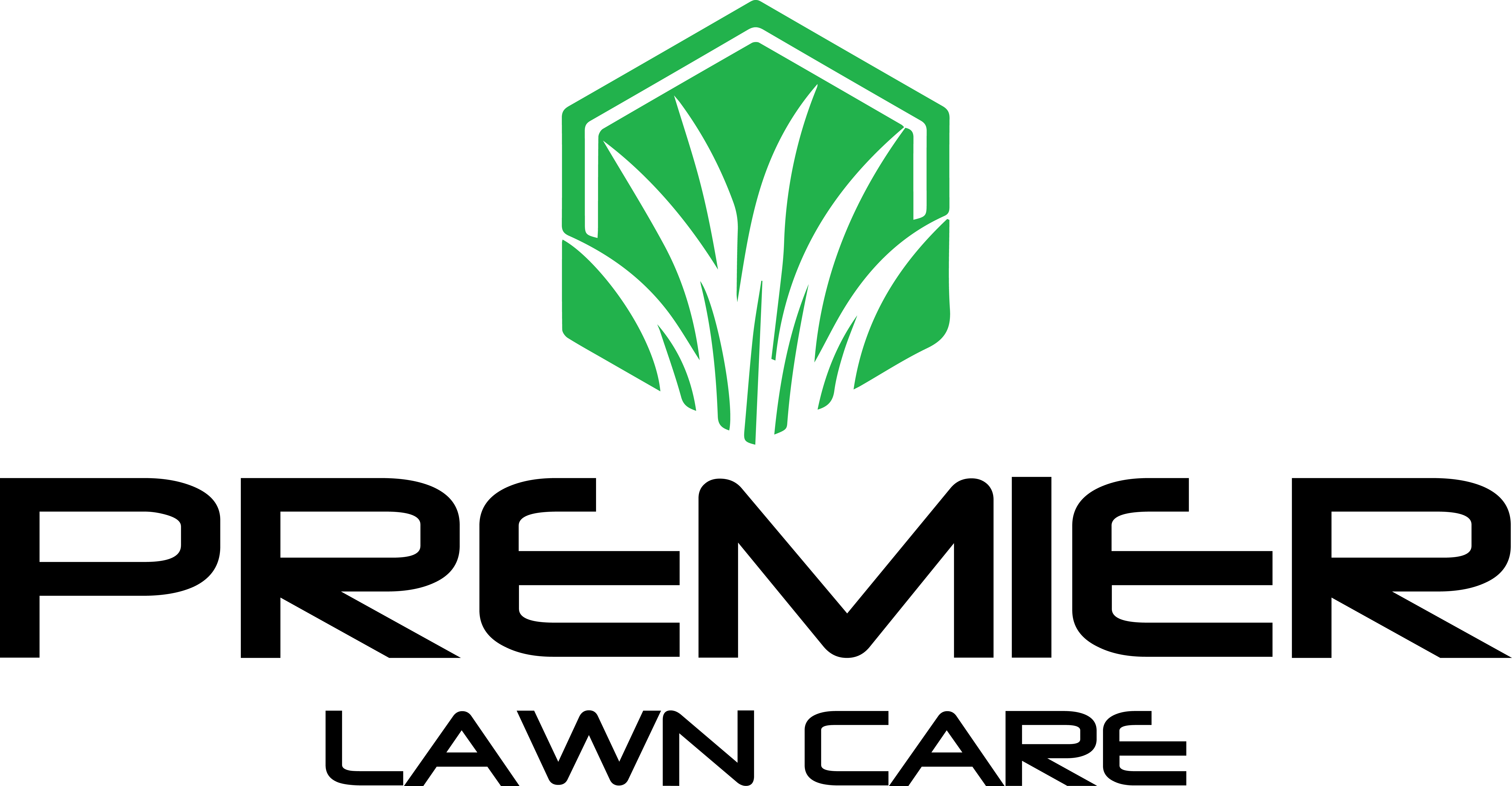Follow Us x
While every lawn care service is beneficial to the health of your yard, aeration takes the top spot.
Over time, turf areas can become extremely compact, this is very common after an event is hosted on the lawn, kids playing, and sports fields. During this process, a thick and dense layer of thatch (dead stems and roots) takes over at the turf surface, and your lawn can be starved of oxygen and water that's needed down at the roots.
How Aerating Benefits Your Lawn
Core aeration is a method of mechanically creating holes into the turf to allow moisture, oxygen, and nutrients to penetrate the soil. There are other methods out there such as spike aeration (holes are stabbed into the turf) but mechanically pulling out the cores places less pressure on the turf and soil because it removes the actual core of soil, turf and root.
This method also deposits the core plug onto the turf surface, which breaks down over the course of a couple weeks with proper watering, as the plugs break down they provide great nutrition for the existing soil along with increase the strength of the turf's roots beneath the surface.
Aeration allows moisture, oxygen, and nutrients to penetrate the soil, as well as reduces soil compaction, enhances thatch breakdown, improves water infiltration and improves the turf's response to fertilizer.
Oxygenating your lawn through aeration also improves soil composition and maximizes turf grass rooting. Most importantly it makes the lawn less susceptible to damage from weeds, insects, drought and disease. Aeration combined with over seeding in mid-spring (after dethatching) or early fall (before leaves begin to fall) is an excellent practice for an established lawn to relieve compaction and improve its solidity.

